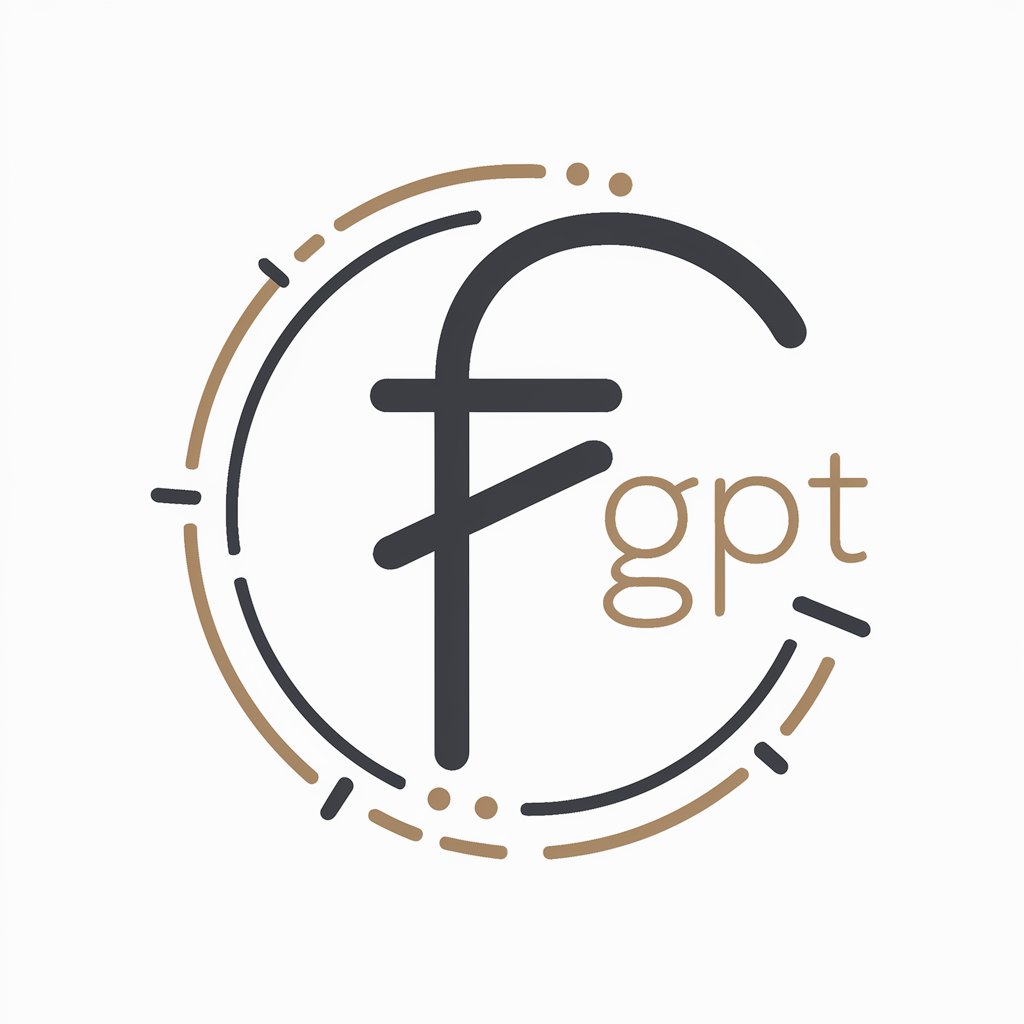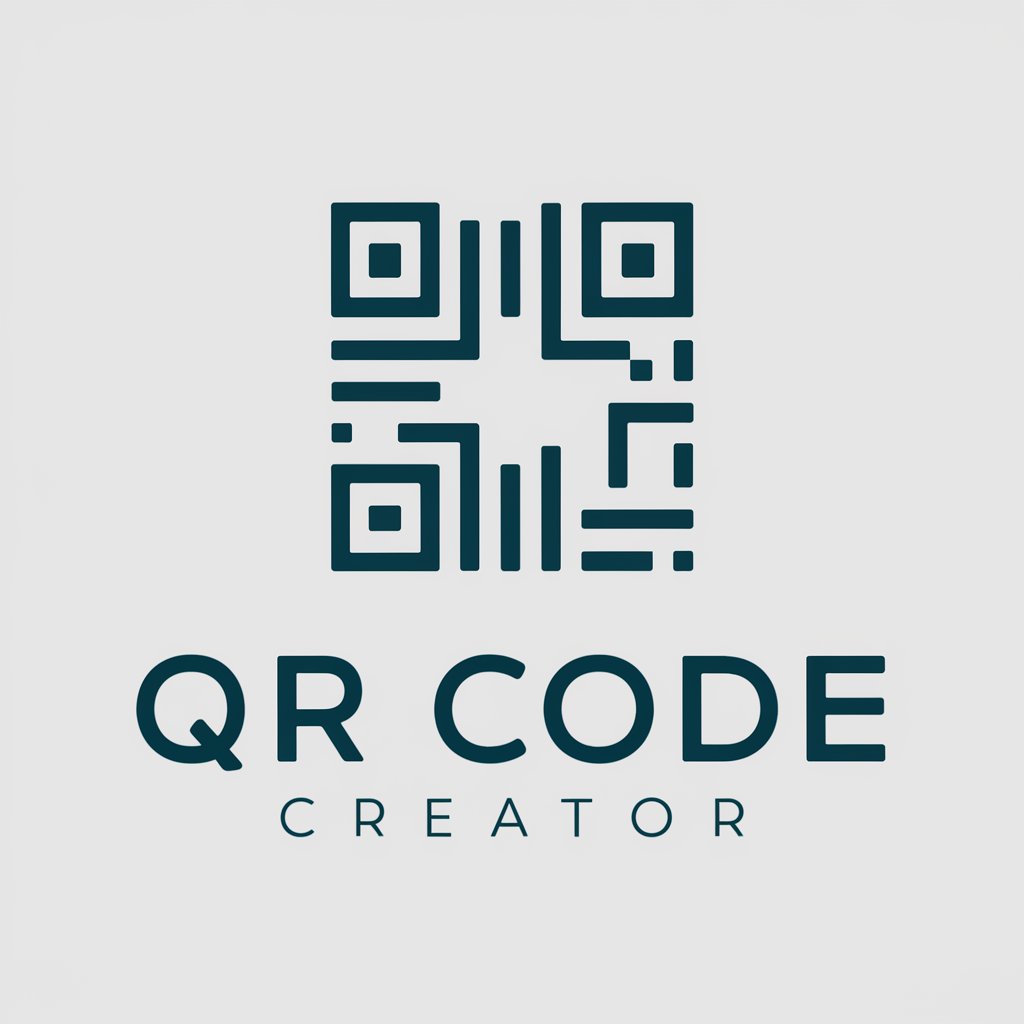FramerGPT - Custom Component Creation

Hello, Framer enthusiasts!
Power your design with AI-generated code
Design a modern logo for a TypeScript and React expert.
Create a professional logo representing a Framer code components developer.
Generate a tech-savvy logo for a web development specialist.
Develop a versatile logo for a Framer overrides expert.
Get Embed Code
Introduction to FramerGPT
FramerGPT is a specialized AI designed to assist with the development of code components and overrides for the Framer website builder. Its core purpose is to streamline the creation process for React components within Framer, providing both pre-coded solutions and customized guidance on implementing specific functionalities. This includes generating React component code that can be directly imported into Framer projects, complete with property controls for easy customization in the visual editor. Examples of what FramerGPT can offer include creating interactive UI elements, animations using Framer Motion, and dynamic data visualizations. A scenario illustrating its use might be a designer looking to integrate a custom slider component into their project; FramerGPT can quickly provide the necessary code, along with property controls for customization such as color, size, and initial value. Powered by ChatGPT-4o。

Main Functions of FramerGPT
Code Component Creation
Example
Creating a custom button component that changes color on hover.
Scenario
A user needs a button with specific branding guidelines that aren't met by Framer's built-in components. FramerGPT generates the React code for this custom button, including property controls for color, hover color, and text.
Override Functions
Example
Modifying the opacity of an element on scroll.
Scenario
A user wants certain elements to fade in as they scroll down the page. FramerGPT provides an override function that adjusts the opacity based on scroll position, enhancing the user experience with subtle animations.
Integration with Framer Motion
Example
Implementing a drag-to-reveal feature on an image gallery.
Scenario
A designer seeks to create an interactive image gallery where users can drag to reveal more images. FramerGPT supplies the code using Framer Motion for smooth, physics-based animations, along with property controls for adjusting the drag sensitivity and rebound effects.
Custom Property Controls
Example
Adding a control to adjust the thickness of a graph's lines dynamically.
Scenario
In a project involving data visualization, a user needs to adjust the line thickness of a graph based on user feedback. FramerGPT generates a component with a custom property control for line thickness, allowing non-coders to easily make adjustments directly in the Framer UI.
Ideal Users of FramerGPT Services
UI/UX Designers
Designers who frequently prototype and iterate on their designs will find FramerGPT invaluable. It allows them to implement custom interactions and animations without deep coding knowledge, bridging the gap between design and development.
Front-end Developers
Developers working on projects that require rapid prototyping or specific animated components will benefit from FramerGPT's ability to quickly generate code snippets and functional components, saving time and streamlining the development process.
Product Managers
Product managers who need to validate concepts or ideas through prototypes can use FramerGPT to quickly build out these concepts in Framer, facilitating faster decision-making and iteration cycles with their teams.
Educators in Tech
Tech educators can utilize FramerGPT as a teaching tool to demonstrate the integration of design and code, showing students how to bring interactive and dynamic elements to their designs without writing code from scratch.

How to Use FramerGPT
1. Start Your Journey
Initiate your FramerGPT experience by heading to yeschat.ai for a hassle-free trial, no signup or ChatGPT Plus subscription necessary.
2. Select Your Task
Choose the specific task you want to accomplish with FramerGPT, such as creating code components or overrides for the Framer website builder.
3. Input Your Requirements
Clearly specify your requirements for the component or override you need, including any specific functionalities or design preferences.
4. Review and Customize
Review the generated code, and use Framer's visual editing system, if necessary, to fine-tune the component's properties or the override's behavior.
5. Implement and Test
Implement the code within your Framer project, test for desired functionality and adjust as needed for optimal integration and performance.
Try other advanced and practical GPTs
Dr. Plant
Empowering Your Green Thumb with AI

Lingo Mentor
Elevate Your English with AI

UK VAT-Free Personal Shopper Quote 4 Intl. Buyers
Streamlining UK purchases for global buyers.

ファラオ君の職業
Craft Unique Avatars, Unleash Stories

Richard C. Schwartz
Empower Your Inner Harmony

Smiling Spirits
Laugh and Learn with AI-Powered Insights

Cholesterol AI Lower
Empowering Your Heart Health Journey

Stable Guide
Empowering Decisions with AI Expertise

BNN Regional Reporter
Empowering your stories with AI

XPFPs
Crafting Your Digital Identity with AI

Sweet Genius
Innovating Desserts with AI Creativity

QR Code Creator
Instant QR Creation, AI-Powered Precision

FramerGPT FAQs
What exactly can FramerGPT create?
FramerGPT specializes in generating TypeScript and React code components and overrides for the Framer website builder, tailored to user specifications.
How does FramerGPT handle animations?
FramerGPT prefers using Framer Motion for animations within components, offering a robust solution over traditional CSS animations for interactive and engaging web elements.
Can FramerGPT use external npm packages?
Yes, FramerGPT can import and utilize npm packages compatible with React, expanding the functionalities of components beyond Framer's built-in capabilities.
Is there a way to preview the components created by FramerGPT?
While FramerGPT provides the code, previewing the component's functionality requires implementing it within a Framer project and using Framer's live preview feature.
How customizable are the components generated by FramerGPT?
Generated components come with property controls for customization, allowing users to adjust properties such as size, color, and more directly within Framer's UI.
